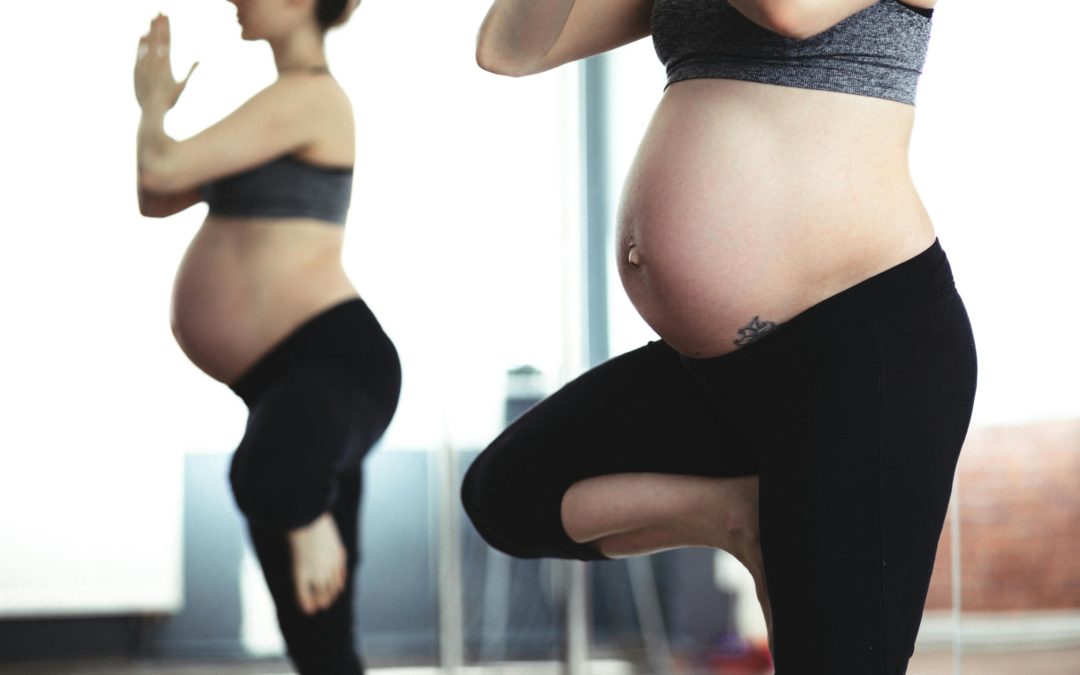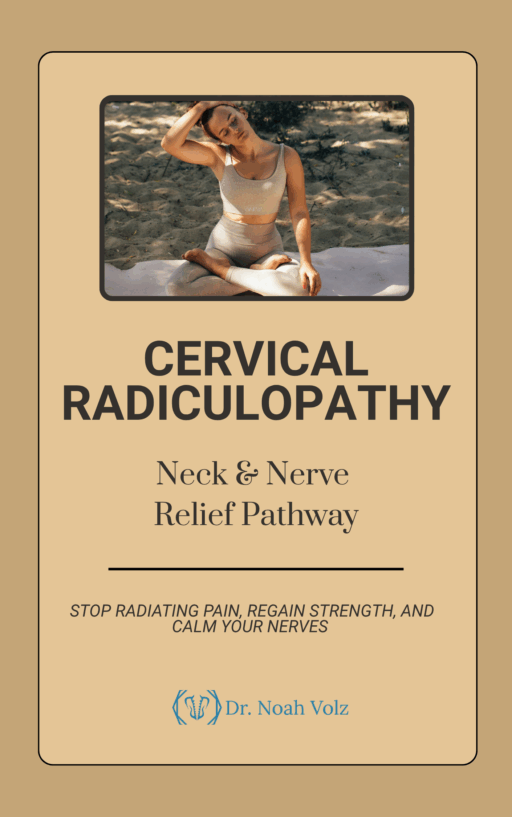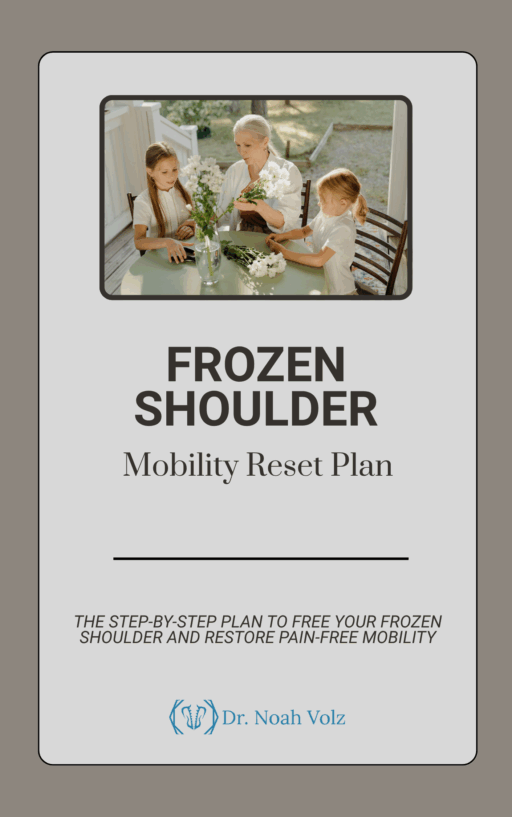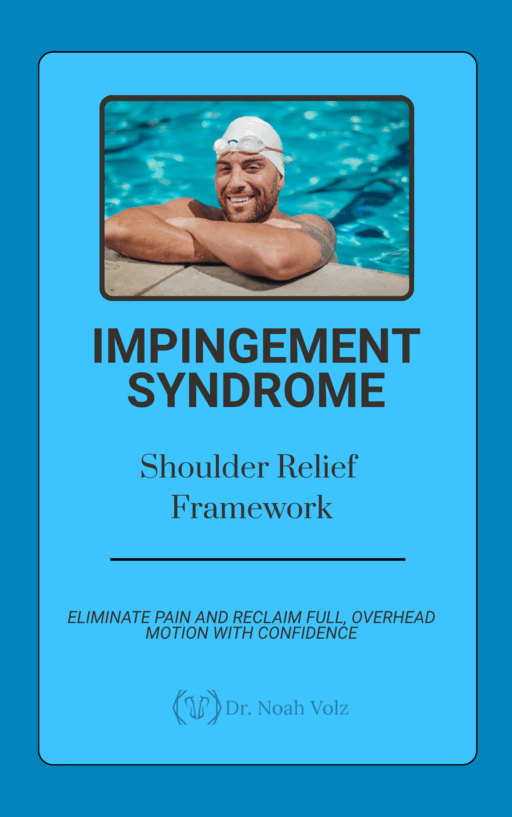Are you pregnant and struggling with low back pain? You’re not alone. Up to 75% of pregnant women experience back pain at some point during their pregnancy. This pain can range from mild to severe and can make everyday activities difficult.
As a chiropractor in Ashland, OR, I’ve helped many pregnant women find relief from their back pain. In this post, we’ll explore what causes pregnancy-related low back pain, common symptoms to watch for, and the treatment options that can help you feel better.
What is Pregnancy-Related Low Back Pain?
Pregnancy-related low back pain is a type of pain that occurs in the lower back during pregnancy. It’s often caused by a combination of factors, including:
• Weight gain: As your baby grows, your body has to support more weight, which can put extra strain on your back.
• Posture changes: Your growing belly can pull your posture forward, increasing the curve in your low back.
• Hormone changes: During pregnancy, your body releases a hormone called relaxin, which loosens your ligaments and joints to prepare for birth. This can make your spine and pelvis less stable.
When Does Pregnancy-Related Low Back Pain Start?
Back pain can start at any point during pregnancy, but it most commonly begins between the fifth and seventh months. Some women experience pain earlier, especially if they have a history of back problems.
Pregnancy-related back pain doesn’t always go away after delivery. About 40% of women still have pain six months after giving birth, and 20% have pain that lasts for years. Getting early treatment can help prevent ongoing problems.
What Are the Symptoms of Pregnancy-Related Low Back Pain?
The symptoms of pregnancy-related low back pain can vary from person to person. Common signs include:
• Aching or stiffness in your lower back, especially after standing or sitting for a long time
• Pain that radiates into your buttocks or legs
• Difficulty sleeping due to discomfort
• Pain that gets worse with coughing, sneezing, or lifting
Some women describe their back pain during pregnancy as mild and annoying, while others find it severe and disabling. If your pain is interfering with your daily life, it’s important to talk to your healthcare provider.
What Are the Risk Factors for Pregnancy-Related Low Back Pain?
While any pregnant woman can develop back pain, certain factors may increase your risk:
• History of low back pain before pregnancy
• Previous pregnancy with back pain
• Physically demanding job or lifestyle
• Sedentary lifestyle with little exercise
• Obesity or excessive weight gain during pregnancy
If you have any of these risk factors, take extra care to support your back during pregnancy with good posture, safe exercise, and other self-care measures.
How is Pregnancy-Related Low Back Pain Diagnosed?
Most of the time, pregnancy-related low back pain can be diagnosed based on your symptoms and a physical exam. Your healthcare provider will ask about your pain and assess your posture, flexibility, and muscle strength.
Special tests may be done to check for joint problems in your low back or pelvis. These might include:
• Posterior pelvic pain provocation test (P4 test) to check for sacroiliac joint problems
• Active straight leg raise (ASLR) test to assess pelvic girdle stability
• Long dorsal ligament test to identify problems with the ligaments supporting your spine
Imaging tests like X-rays or MRIs are rarely needed unless there are signs of a more serious problem. Avoiding unnecessary radiation exposure is important during pregnancy.
How Do You Treat Pregnancy-Related Low Back Pain?
The good news is that pregnancy-related low back pain usually responds well to conservative treatment. Depending on the cause and severity of your pain, options may include:
• Exercise: Gentle exercises like pelvic tilts, mini-squats, and stretching can help relieve pain and strengthen your core and pelvic floor muscles. Swimming and walking are also good low-impact options.
• Manual therapy: Chiropractic care, massage therapy, and other hands-on treatments can help relieve joint and muscle tension.
• Postural changes: Paying attention to your posture during daily activities can reduce strain on your back. Try to stand up straight, use a lumbar support pillow when sitting, and sleep on your side with a pillow between your knees.
• Support belt: A special belt worn under your belly can help support your back and reduce pain, especially in the third trimester.
• Heat and ice: Applying heat or cold packs to your back can help ease pain and relax tense muscles.
If your pain is severe, your provider may also recommend pain relievers like acetaminophen or physical therapy. Staying active with safe, low-impact exercise is one of the best ways to manage back pain during pregnancy.
When to Seek Help
While some back pain is normal during pregnancy, there are times when it can be a sign of a more serious problem. Call your provider right away if you have:
• Severe pain that doesn’t go away with rest or treatment
• Pain accompanied by fever, bleeding, or other unusual symptoms
• Back pain along with numbness or tingling in your legs
• Difficulty walking or doing daily activities due to pain
Getting prompt treatment can help relieve your symptoms and ensure a healthy pregnancy.
The Bottom Line
Pregnancy-related low back pain is a common but treatable condition. By understanding the causes and risk factors, you can take steps to support your back and reduce your symptoms. If you’re struggling with back pain during pregnancy, don’t hesitate to reach out to a qualified healthcare provider for help. With the right care and self-management strategies, it’s possible to have a comfortable and healthy pregnancy.
References:
1. Liddle SD, Pennick V. Interventions for preventing and treating low-back and pelvic pain during pregnancy. Cochrane Database Syst Rev. 2015;(9):CD001139. Published 2015 Sep 30. doi:10.1002/14651858.CD001139.pub4
2. Sabino J, Grauer JN. Pregnancy and low back pain. Curr Rev Musculoskelet Med. 2008;1(2):137-141. doi:10.1007/s12178-008-9021-8
3. Vleeming A, Albert HB, Östgaard HC, Sturesson B, Stuge B. European guidelines for the diagnosis and treatment of pelvic girdle pain. Eur Spine J. 2008;17(6):794-819. doi:10.1007/s00586-008-0602-4
4. Men JMA. Pregnancy Related Pelvic Girdle Pain. Erasmus University Rotterdam; 2017.
5. Perkins J, Hammer RL, Loubert P V. Identification and management of pregnancy-related low back pain. J Nurse Midwifery. 1998;43(5):331-340. doi:10.1016/s0091-2182(98)00032-9
Want to know what kind of back pain you have?
-

Bicep Tendon Pain Solution
$50.00 -

Brain Detoxification & Recovery System
$50.00 -

Brain Energy and Endurance Support System
$50.00 -

Brain-Based Movement and Motor Control Training
$50.00 -

Centralized Low Back Pain
$50.00 -

Cervical Radiculopathy: Neck and Nerve Relief Pathway
$50.00 -

Complex Low Back Pain
$50.00 -

Complex Radiating Low Back Pain
$50.00 -

Cross-Pattern Low Back Pain
$50.00 -

Frozen Shoulder Mobility Reset Plan
$50.00 -

Impingement Syndrome: Shoulder Relief Framework
$50.00 -

Mastering Brain Senses: Rebuild Your Hearing, Vision, and Body Awareness
$50.00













